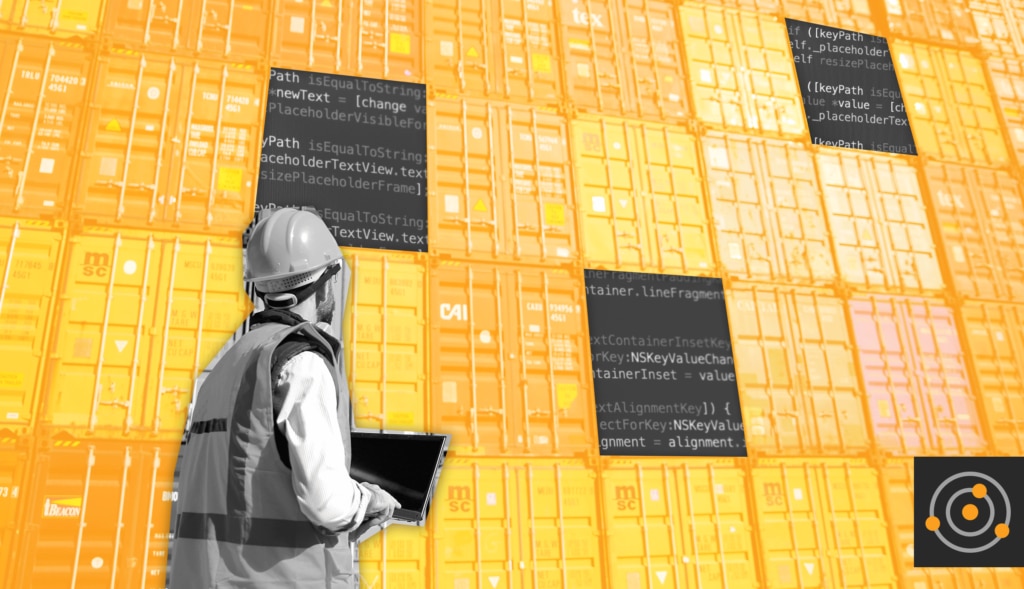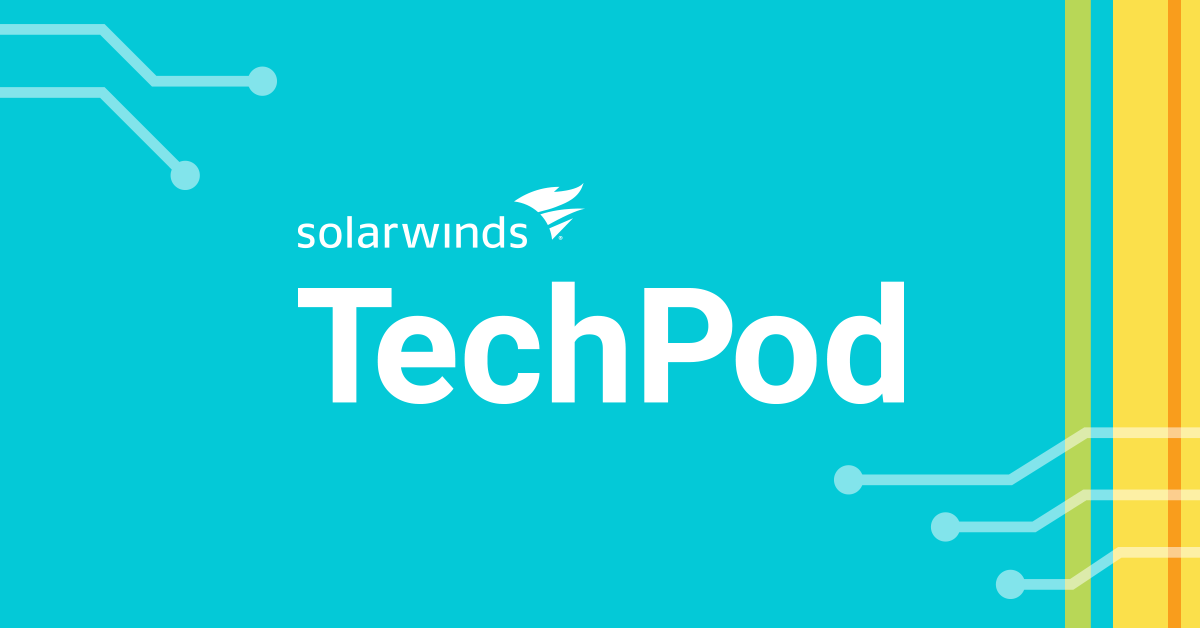Container technology is catching on big-time in the federal government as agencies such as the
USDA and the
National Institutes of Health look to containers to simplify software development and reduce costs.
Containers offer enormous advantages over traditional “waterfall” application development processes. A containerized approach makes it easier for developers to create and deploy software faster and with fewer errors. To understand why, let’s look at what containerization is and the key benefits it delivers. Then we’ll examine some best practices for performance monitoring.
Containers Help Feds Develop Apps Faster and at a Lower Cost
A container is an entire runtime environment consisting of an application and all the dependencies needed to run it in a single host. Multiple containers can reside on a single server and share the same operating system components. This leads to markedly lower costs.
Containers allow developers to develop applications in a smaller, simplified, and modular way. Rather than run an entire monolithic application inside a single machine, containers enable an application to be split into smaller modules known as microservices. When a new application feature or update is required, the microservice or code update can be easily tested for errors during the development phase and deployed quickly and easily without having to rebuild the entire application. This allows agencies to deliver services with more agility and speed.
Containers Aid With Scalability
Elasticity is another big benefit. With containers, IT administrators can easily scale their applications up during peak hours or down when they’re not needed. They can do so without having to rearchitect applications to deal with scaling requirements, potentially helping them save a significant amount of money.
Containers Pose Unique Monitoring Challenges
Containers occupy an ephemeral, virtualized environment with performance monitoring challenges. Federal IT pros need specialized tools designed to orchestrate container monitoring in a simple and easy-to-use way.
When considering tools, it’s important to remember true visibility goes beyond insights into containers themselves. IT administrators must monitor containers alongside other network and system components. If an application fails, they need solutions capable of quickly identifying where the problem resides. Is it within the container, the network, or the server? Is it happening on-premises, in the cloud, or in a hybrid environment?
Beyond capturing performance metrics and alerts, container monitoring tools should also enable code profiling and trace-level visibility, so IT teams can understand what’s happening inside their applications, such as instances of code potentially causing system degradation.
Monitoring Tools Enhance Container Performance
Containers offer many advantages to federal agencies: delivering software faster, lowering risk and costs, and easing the path to application modernization. But as container use increases, agencies must find ways to manage and monitor their environments. Without visibility into their containers and their many interdependencies, it’s impossible for IT teams to know if their investments are performing as expected, scaling as they should, and—most importantly—delivering highly available services to users and constituents.
Find the full article on our partner Carahsoft’s Community blog. 





